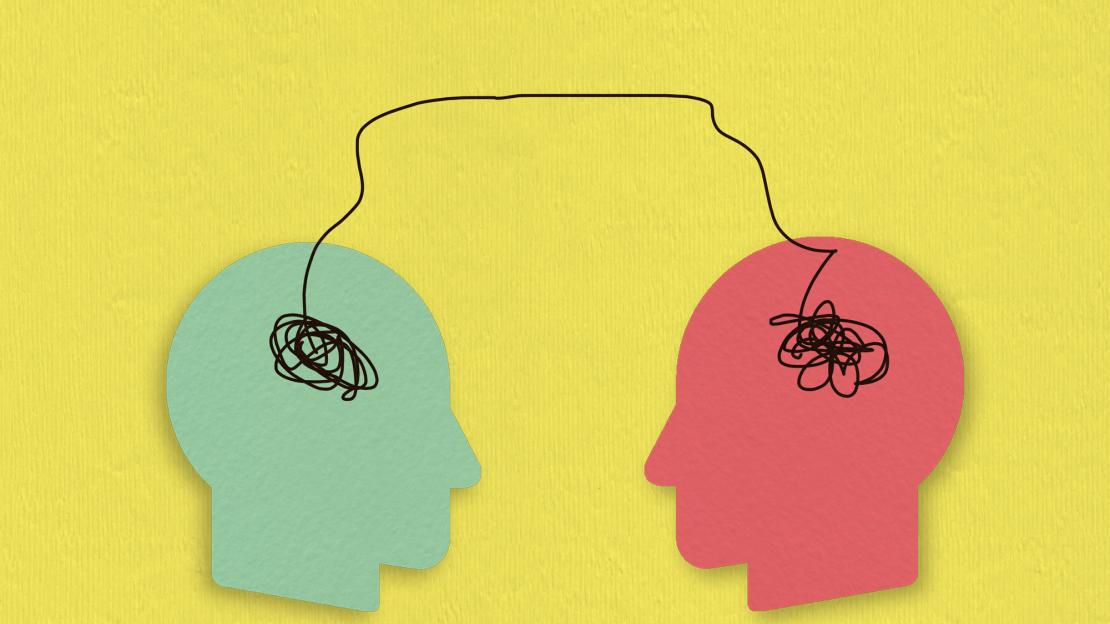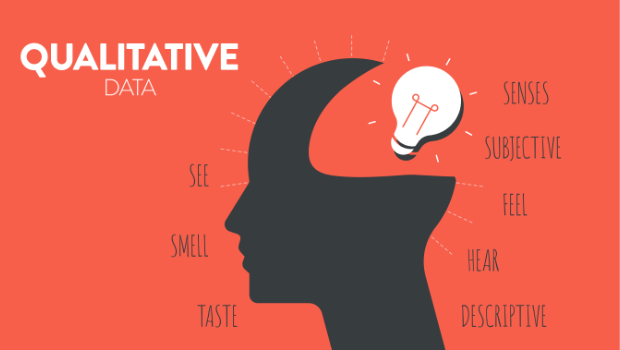Asking for feedback from customers
By the end of the lesson, you will be able to effectively collect and utilize customer feedback in software development to enhance product quality and user satisfaction.

Part 1
Warm-up
Answer the questions
What did we discuss in the last lesson?
Have you ever asked for feedback from a customer/other people about your project you worked on before?
What was the feedback about and how did it help you?
Part 2
Vocabulary
Read the word, its’ meaning, and the examples
Then make up your own sentences using the word.
Student can skip the words they already know.
empathize
/ˈem.pə.θaɪz/

to be able to understand how someone else feels
He listened carefully to empathize with her feelings of loss.
Empathize is the first stage of the design thinking process
qualitative
/ˈkwɑl·ɪˌteɪ·tɪv/

based on information that cannot be easily measured, such as people's opinions and feelings
Qualitative data includes interviews and focus group discussions.
Qualitative data helped us understand customer experiences deeply.
quantitative
/ˈkwɑːn.tə.teɪ.tɪv/

related to information that can be shown in numbers and amounts
Quantitative data showed a 20% increase in sales last quarter.
The survey collected quantitative data on customer satisfaction levels.
Make up your own sentences using the words.
Part 3
Watch video with teacher
Watch the video & discuss with teachers/answer the questions
Discussion questions before watch video
Can you name some ways to collect product feedback from customers?
What is the way you like best?
Click to play the video
Only watch to 5:00 (that is enough)
Student should read the questions below before watching video
Can you name 6 ways to collect product feedback in this video?
Why is it important for product managers to understand customer pain points and emotions, as mentioned in the video?
Are there any other effective feedback collection methods you have seen that weren’t mentioned in the video?
Sample answer
- - Qualitative method 1: One-on-one customer interviews
- Qualitative method 2: Customer advisory boards
- Qualitative method 3: Online discussion forums
- Quantitative method 1: Polls
- Quantitative method 2: Analytics
- Quantitative method 3: A/B testing - Because it helps them empathize with customers' experiences using the product. Understanding both pain points and emotions can provide valuable insights into how features are working or not working for customers. It informs where improvements may be needed most.
- Some other effective feedback collection methods that weren't explicitly mentioned in the video include:
+ Surveys - both short polling surveys and longer satisfaction/experience surveys
+ Focus groups - similar to customer advisory boards but potentially less structured
+ Shadowing/field research - observing how real customers use competitors' products
+ Workshop testing - bringing customers in to test new features in-person
Part 4
Useful phrases
Teacher guides the student the useful phrases
Encourage the student to create their own sentences using these phrases.
1. Polite requests
- Would you mind…
- “Would you mind providing some feedback on our service?”
- Could you please…
- “Could you please share your thoughts on our new product?”
- I would appreciate it if…
- “I would appreciate it if you could let us know your opinion on this matter.”
2. Indirect questions
- We were wondering if…
- “We were wondering if you could tell us how we can improve our services.”
- Could you let us know…
- “Could you let us know what you think about our website?”
3. Purpose of feedback
- To improve…
- “To improve our customer service, we would like to hear your feedback.”
- To better serve you…
- “To better serve you, we are collecting feedback from our valued customers.”
- To enhance…
- “To enhance our products, we need your feedback.”
4. Specific questions
- How do you feel about…
- “How do you feel about the new features in our app?”
- What do you think of…
- “What do you think of our recent updates?”
- Can you suggest…
- “Can you suggest any improvements we could make?”
Part 5
Role-play
Teacher & student create your own conversation, using the useful expressions
You (student) are a member of the software development team at a company that has recently launched a new e-commerce platform to sell tech gadgets (such as: laptop, phone, mouse, …). You need to gather feedback from a customer to improve the platform (maybe call/ask directly,…).
- Student: Team member of the development team
- Teacher: Customer


Dev
Hello, [Customer Name]. This is [Your Name] from the software development team at [Company Name]. How are you today?
I’m good, thank you. How about you?

Customer

Dev
I’m doing well, thank you. ______ask for feedback_____
Sure, I think the platform is__________.

Customer

Dev
How about ____ (ask other things about system/features)
Reply…

Customer

Dev
____
___

Customer

Dev
Thank you for the suggestion. We will work on enhancing the_______
You’re welcome.

Customer

Dev
Have a great day.
Part 6
Debate
Topic: Is anonymous customer feedback more valuable than feedback where the customer’s identity is known?
In a debate on this topic, you need to talk about honesty, participation, privacy for anonymous feedback, and follow-up, relationships, reliability for identified feedback.
Preparation (3 minutes)
Student has 2-3 mins to think about ideas.
Suggesting points:
Anonymous customer feedback: Honest answers, more people will give feedback, focus on problems – not people, keeps privacy
Identified customer feedback: Can follow up and fix problems, build better relationships, more reliable, improve for specific groups
Debate (8 minutes)
Student has 2-4 mins to present their ideas.
Teacher helps student to expand their ideas, think critically & more views about this topic (by asking more questions about this topic).
Sample answer
In my opinion, both anonymous and identified customer feedback are important. Anonymous feedback often gives more honest answers. People feel free to share their true thoughts when no one knows who they are. This can lead to better and more useful ideas. Also, more people might give feedback if they can stay anonymous. It helps companies focus on the problems, not the person, and it keeps customer privacy, which can build trust.
On the other hand, identified feedback allows companies to follow up and fix problems directly. This can help make a stronger bond with customers because they see their specific issues being addressed. Identified feedback is also more reliable as it reduces the chance of fake comments. Knowing who gives the feedback can help companies understand different groups of customers and make targeted improvements.
In conclusion, both types of feedback are valuable. Companies should use a mix of anonymous and identified feedback to get a full picture of customer needs and improve their services.
Part 7
Discussion
Let’s use the vocabulary you’ve learned during the lesson and talk about the following topics/questions freely!
Teacher helps student expand and correct the answers
Why is customer feedback important for businesses/system?
Ideas:
- Improves products/services
- Enhances customer satisfaction
- Informs business decisions
What are the different methods to collect customer feedback?
Ideas:
- Briefly list various techniques
- Highlighting their effectiveness and use cases
How should a business/team respond to negative feedback?
Ideas:
- Acknowledge and thank
- Apologize and take responsibility
- Investigate and resolve
- Implement changes
How can businesses/company use social media to gather customer feedback?
Ideas:
- Highlight different platforms
- Explain methods
- Talk about the importance of engaging directly with customers
- Tool track data
What is the importance of timing when asking for customer feedback?
Ideas:
- Ask soon after the experience
- Response rate
- Quick feedback helps solve issues sooner.
- …
Review
Let’s review the lesson with teacher
3 new words in this lesson
What new useful expressions did you learn today?
See you next lesson
Homework
Do homework
No homework today

